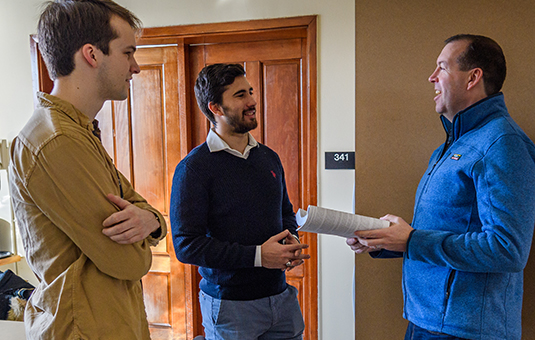Computer Science
Comparison of two methods to control the mouse using a keypad
Document Type
Conference Paper
Abstract
This paper presents a user study comparing two methods for keyboard-driven mouse replacement: CKM, an active Conventional Keyboard Mouse, and DualMouse, an innovative keyboard technique allowing stepwise, recursive target acquisition. Both strategies are implemented in the pointing component of OnScreenDualScribe, a comprehensive assistive software system that turns a compact keypad into a universal input device. The study involves eight non-disabled participants and a single user with Friedreich Ataxia. The results reveal that CKM yields about 60 % higher throughput that DualMouse. However, the DualMouse technique is preferable for certain specific tasks. Our intention with this research is to gain new insights into OnScreenDualScribe and to inspire future developers of mouse-replacement interfaces for persons with physical disabilities.
Publication Title
Lecture Notes in Computer Science (including subseries Lecture Notes in Artificial Intelligence and Lecture Notes in Bioinformatics)
Publication Date
2016
Volume
9759
First Page
511
Last Page
518
ISSN
0302-9743
ISBN
9783319412665
DOI
10.1007/978-3-319-41267-2_72
Keywords
assistive technology, Fitts’ law, keyboard replacement, mouse replacement, neuro-muscular diseases, real-world use
Repository Citation
Felzer, Torsten; Mackenzie, Ian Scott; and Magee, John, "Comparison of two methods to control the mouse using a keypad" (2016). Computer Science. 28.
https://commons.clarku.edu/faculty_computer_sciences/28
APA Citation
Felzer, T., MacKenzie, I. S., & Magee, J. (2016). Comparison of two methods to control the mouse using a keypad. In Computers Helping People with Special Needs: 15th International Conference, ICCHP 2016, Linz, Austria, July 13-15, 2016, Proceedings, Part II 15 (pp. 511-518). Springer International Publishing.



